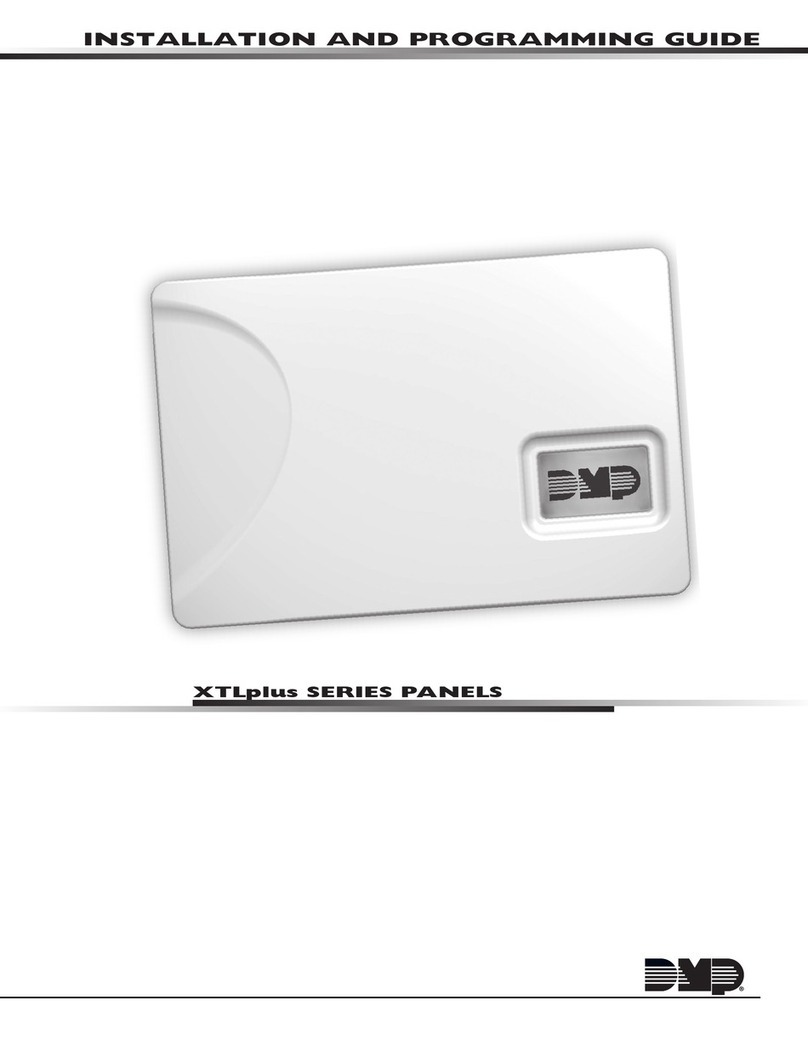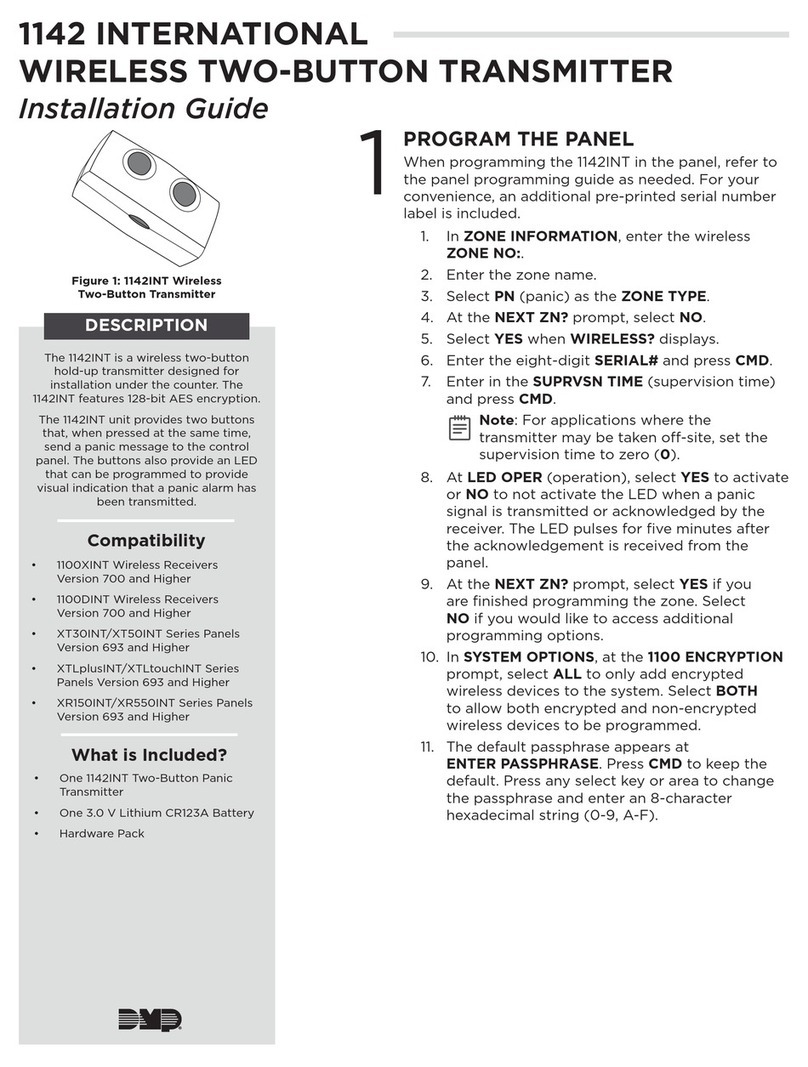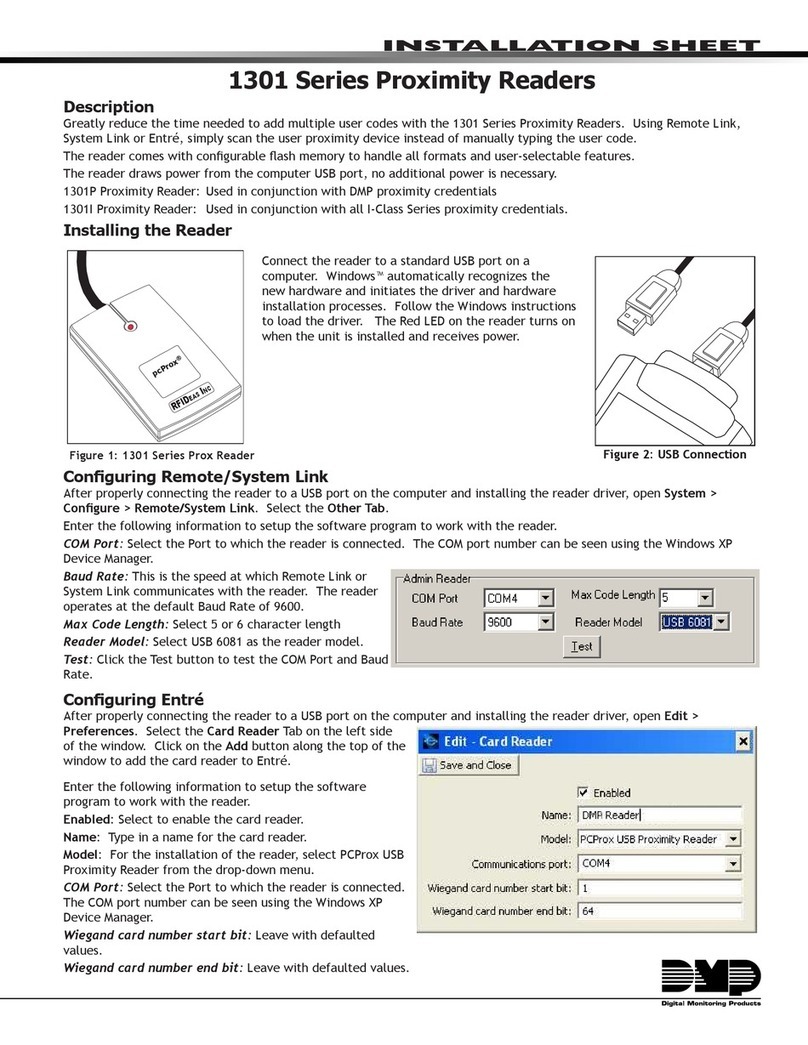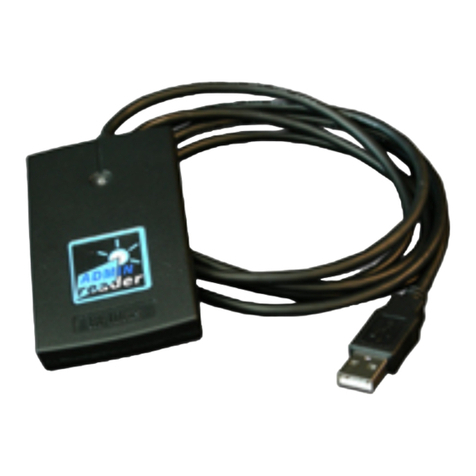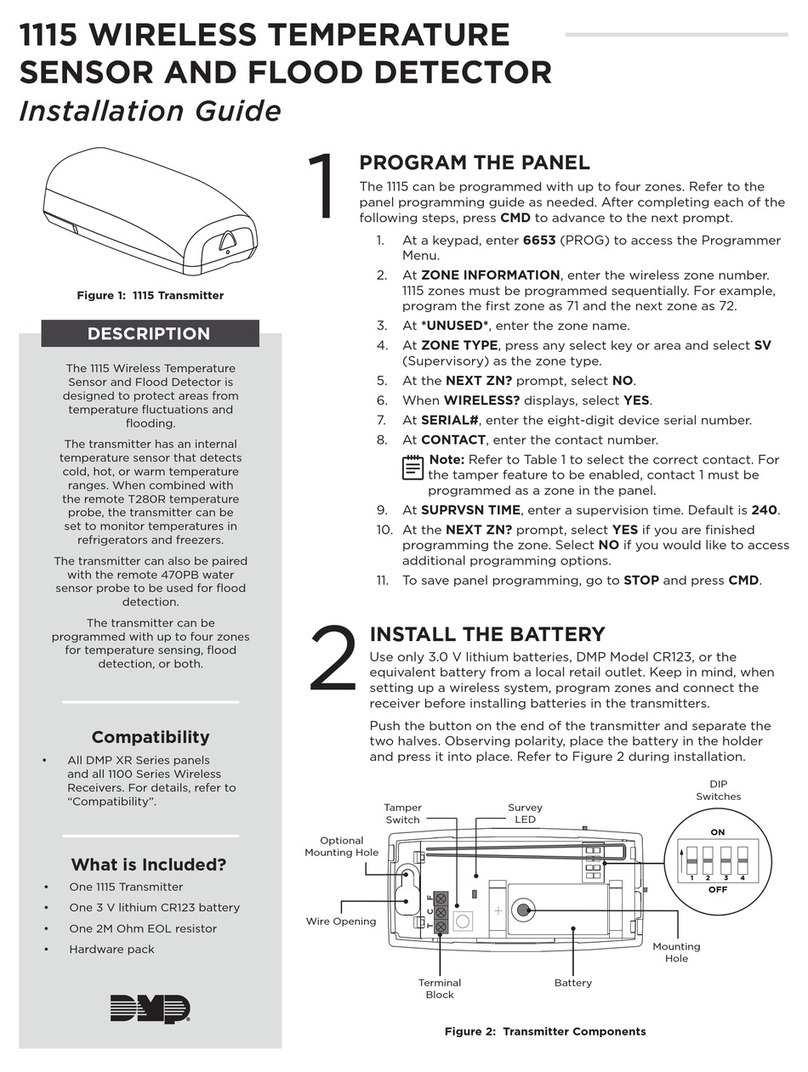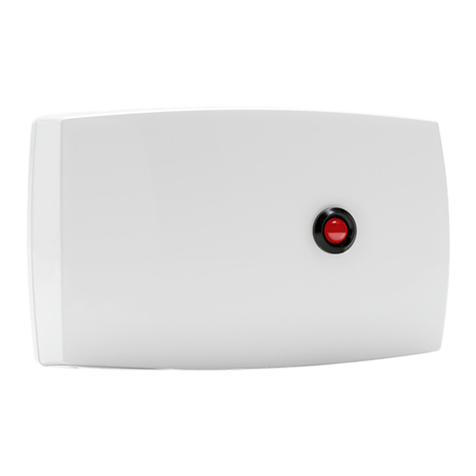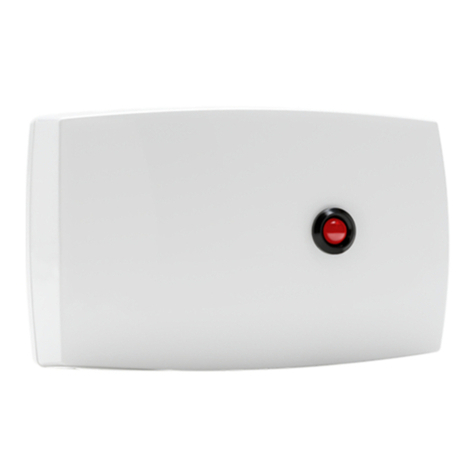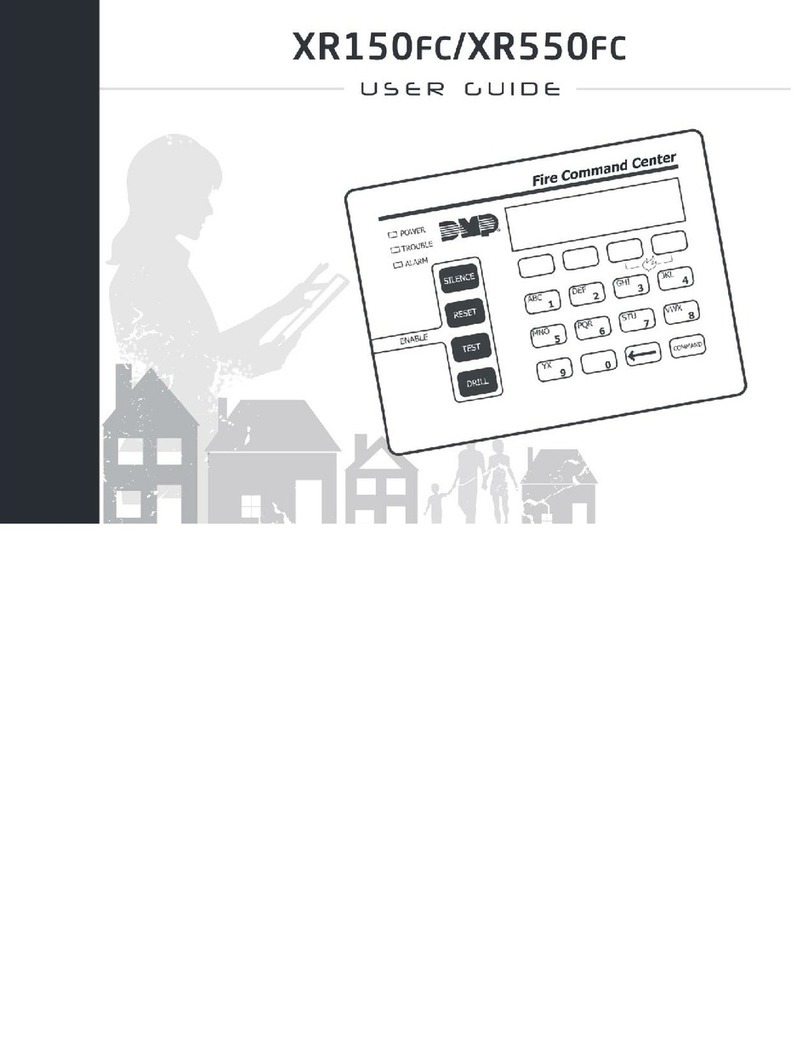
Digital Monitoring Products XT30/XT50 Installation Guide
2
IntroduCtIon
Introduction
2.1 Description
TheDMPXT30/XT50panelsare12VDCcombinationburglaryandresidentialrealarmpanelswithbattery
backup.TheXT30andXT50panelsprovidenineon-boardburglaryzonesandoneon-board12VDCClassB
poweredrezone.Therezonehasaresetcapabilitytoprovidefor2-wiresmokedetectors,relays,or
otherlatchingdevices.ThepanelscancommunicatetoDMPSCS-1RReceiversusingSDLCdigitaldialer,IP
Network,orCellularreportingformats.ContactIDreportingisalsoavailabletoCIDcompatiblereceivers.
TheXT30has10onboardzonesand5keypadbusaddressesfor20hardwiredorwirelesszonesforatotalof
30zones.TheXT50has10onboardzones,5keypadbusaddressesfor20hardwiredorwirelesszones,and20
additionalonboardwirelesszonesforatotalof50availablezones.
2.2 System Congurations
The panels can be programmed to operate as either an All/Perimeter system that provides one perimeter
areaandoneinteriorarea,orasaHome/Sleep/Awaysystemthatprovidesoneperimeter,oneinterior,and
one bedroom area. The bedroom area provides for any protection devices the user wants disarmed during
theirsleepinghoursandarmedintheAwaymode.Inaddition,theXT30/XT50canoperateasafourarea
system.
2.3 Before You Begin
Beforeinstallingthepanel,werecommendyoureadthroughtheentirecontentsofthisguide.Familiarize
yourselfwiththefeaturesofthepanelandthekeypointstorememberduringtheinstallation.Besureto
read and understand all of the caution statements printed in bold italics. In addition to this installation
guide,youshouldalsoreadthroughandfamiliarizeyourselfwiththeseotherproductdocuments:
• XT30/XT50ProgrammingGuide
• XT30/XT50User’sGuide
2.4 About this Guide
Theinformationcontainedinthisguideisorganizedintovesections:
• The Table of Contents at the front of this guide lists all of the headings and the page number where
the information can be found.
• TheIntroduction section gives you an overview of the various components that go into a
panelsystemanddiagramssometypicalsystemcongurations.
• TheInstallation sectionbeginswithmountinginstructionsfortheenclosureandtakesyouthroughthe
proper way to power up the panel prior to programming.
• TheWiring Diagram section provides common system drawings for the panels.
Caution notes
Throughoutthisguideyouwillseecautionnotescontaininginformationyouneedtoknowwheninstalling
thepanel.Thesecautionsareindicatedwithayieldsign.Wheneveryouseeacautionnote,makesureyou
completely read and understand its information. Failing to follow the caution note can cause damage to the
equipmentorimproperoperationofoneormorecomponentsinthesystem.Seetheexampleshownbelow.
Always ground the panel before applying power to any devices: The panel must be properly grounded
before connecting any devices or applying power to the panel. Proper grounding protects against
ElectrostaticDischarge(ESD)thatcandamagesystemcomponents.
Remove All Power From the Panel! Remove all AC and Battery power from the panel before installing or
connecting any modules, cards, or wires to the panel.
2.5 NRTL Compliance Instructions
ForapplicationsthatmustconformtoalocalauthoritiesinstallationstandardoraNRTL(NationalRecognized
TestingLaboratory)certicatedsystem,pleaseseetheNRTLListedSpecicationssectionneartheendofthis
guide for additional instructions.
